European energy and climate: Brussels goes back to work
by Inline Policy on 01 Sep 2014
The temperatures are falling; the mornings and nights are getting a little darker; it feels like autumn is just around the corner - it’s back to school time! This particularly applies to the politicians and civil servants who ply their trade in Brussels on EU policies and regulation. The new European Parliament barely had time to convene before it departed for the summer break. At the European Commission, all eyes are on new President Jean-Claude Juncker as the horse-trading between him and member states for the top political jobs in Brussels, including Commissioner portfolios, reaches its climax over the next two weeks.
This article takes a considered look at the big questions which EU policy and law makers will have to face on the energy and climate agenda between now and the end of the year. We think there are seven:
Question No 1: Will there be a political agreement in October on the 2030 climate and energy framework?
The mood music on this has been positive for months. The October deadline (i.e. when heads of government will meet in Brussels on 23/24 October) was agreed back in the spring. Despite some unexpected developments on the energy security front - particularly the Russia/Ukraine dispute - the deadline has held. Moreover, most of the large member states seem very committed to concluding an agreement, with a headline target of a 2030 emissions reductions target, at the October Council.
The principal outlier is, of course, Poland, who have continued to grumble about the need to agree on the framework now and in particular what they claim is an overly ambitious GHG emissions reduction target of 40% (as proposed by the Commission and backed by Germany, France and the UK). Other central and eastern European member states such as Hungary may also be with the Poles on this, although the extent of the support Poland is receiving from that quarter is questionable. The conclusion is that, provided Poland and one or two member states can get more support (bluntly, this means cash) for their coal-based industries and a commitment to a more integrated (which doesn’t mean federal) European energy policy, they will be prepared to cut a deal on the framework and the overall target.
The other risk to an October agreement is, quite simply, international developments. Leaders will clearly have much - Russia/Ukraine (although that arguably is a spur to an energy and climate agreement), Middle East - on their plate. More problems might pile up. There is therefore always the chance that time pressures will push the climate and energy framework to one side.
Question No 2: Will there be an EU-wide renewables target within the 2030 framework?
Political agreement on the climate and energy framework will lay the basis for everything that follows, and would be the perfect introduction for the new Energy and Climate Change Commissioners (whoever they are) as they start their jobs. On the assumption that a political agreement is forthcoming, a big question will be whether - in addition to the overall emissions reduction target - member states decide there should be an EU-wide target which determines national renewables targets for 2030.
The political divisions on this question - Germany and France in favour, the UK strongly against - pressured the Commission to make a somewhat puzzling proposal in their January white paper: that there should be an EU-wide target, of 27%, but no national targets. This immediately begged the question as to how the EU target could be enforced. There has been no direct answer to that, apart from noises about a more flexible approach involving support from national schemes for renewables projects in other countries (an approach which was stopped dead in its tracks under the existing law by the judgment of the European Court of Justice on 1 July on the Aland renewables case).
Despite this lack of clarity on enforcement, it is quite possible that, come the European Council in October, member states will have no alternative but to compromise along the lines of the original Commission proposal. The EU-wide target would then be returned to the Commission to provide the legislative detail around enforcement, governance and any other regulatory changes they think would make sense to introduce at this time.
Question No 3: Will there be an EU-wide energy efficiency target within the 2030 framework?
When the Commission published its white paper package in January, it included a 30% energy efficiency target which would be non-binding on the EU and member states. This non-binding nature reflected the lack of a binding target for energy efficiency in the 2020 package, and seemed to be a commentary about continuing opposition from some member states (and industry) to any attempts to bind them in on energy efficiency measures. This opposition stands; but momentum for the EU (again, linked to the energy security debate, but also to energy prices and competitiveness) to do more on energy efficiency has built in recent months as both Germany and France have called for a binding target.
Bolstered by this, the Commission went a little further on 24 July with its announcement that the EU should at the October Council adopt a 30% target - although it still left open the question of whether it should be binding or not. Green campaigners clam the EU could do a lot more, to the benefit of growth and jobs. But a compromise also looks on the cards here too. There would be scope for the Commission to follow up with regulatory measures which focus on specific sectors and/or encompass existing directives on the smart performance of buildings and eco-design/eco-labelling.
Question No 4: How far and fast will EU ETS reform go?
The one legislative proposal on the table (from the Commission in January) is the Market Stability Reserve (MSR), the mechanism which will remove and re-introduce allowances to the market in order to maintain a supply-demand balance. The Rapporteur for the proposal on the European Parliament’s (EP) Environment (ENVI) Committee has said he would like it passed by summer 2015. That would be ambitious, based on how Emission Trading Scheme (ETS) legislation has fared in recent years. In practice, the 2030 framework will have a bearing on this too, even if the MSR is not formally part of the package. The Poles will, not surprisingly, be the legislation’s main opponent, although we note that it can be voted through on a qualified majority vote (QMV) basis. The relevant EP Committees - ENVI (Environment) and ITRE (Industry, Trade and Energy) - are also still an unknown quantity: we will have a better idea of their political leanings once they get down to committee business in September. One complicating factor may be the idea, gaining traction, that the MSR is established early - say 2017/18 - and the bacloaded allowances due to return to the market would instead be placed in the reserve. Advocates of a stronger carbon price would welcome that with open arms.
If the MSR is the main piece of business in the short-term, further ETS measures will probably come forward as part of whatever legislative measures the Commission propose in the wake of the 2030 political agreement. We would expect Phase IV arrangements - covering issues such as the ETS cap trajectory and the use of international credits - to be part of that.
Carbon leakage - cf the ongoing review - will never be far from the debate.
Question No 5: What remains to be done on energy market integration?
Outgoing Energy Commissioner Oettinger (will he come back in?) has repeatedly said over the last 12 months that completing the Third Energy Package is a priority. There is still business to be done there, on national implementation of the gas and electricity directives, and the harmonisation of market rules and network operation rules. In fairness, the EU did make significant progress on this over the last period, e.g. the greater co-ordination of national regulators via the establishment of the Agency for the Cooperation of Energy Regulators (ACER).
The next big step is about creating a more integrated energy market through building new infrastructure and interconnectivity in the gas and electricity markets. In 2013 the Commission adopted a list of 248 energy infrastructure projects under the heading “Projects of Common Interest”. These projects are entitled to preferential planning and permitting treatment, and have access to Commission budgets. Both the Commission and member states, aware of the political pressure to be seen to be addressing the issue of over-dependence on Russian gas, can be expected to place a greater priority on energy infrastructure (which includes LNG terminals) and, some member states would argue, the development of an indigenous shale gas sector) over the next year and beyond.
Question No 6: Will the Commission clear the UK Government’s application on the new Hinckley Point nuclear power station?
The Commission have promised by year-end a decision on its inquiry under state aid rules on whether to allow Hinckley Point to go ahead. This decision matters for three reasons:
- other EU member states, with ambitions to get their own new plants built, are watching the UK initiative very closely, from a political and commercial perspective;
- the Commission’s authority. Spearheaded by the existing Competition Commissioner Almunia, it has over the last 12 months shown itself much more prepared to get involved in state aid questions on energy and environment. Whichever way the Commission’s decision goes, it will be controversial and their reasoning will have to be robust;
- the UK Government’s low-carbon strategy. The whole basis of last year’s Energy Act was that it should provide the legal and policy platform for subsidising renewables and nuclear. A thumbs-down from the Commission would be a massive blow, even if it would inevitably be appealed. The Government remains confident it will get a positive decision, primarily on decarbonisation grounds.
Question 7: Will the EU be in a credible position to play a leading role in the crunch international climate change negotiations of 2015?
If the answer to Question 1 is yes, then the answer to this question is also in the affirmative. The geo-political landscape may be different to 2009, when the US and China had not yet cleared domestic measures or gained international credibility to move on a global deal. This time they have, and the prospects are therefore much improved (even if a 2015 global agreement is unlikely to be the binding, high-ambition treaty which campaigners would like). But EU advocacy and actions, symbolised above all by agreement on a 2030 framework, will be essential to making the deal happen.
(Photo / CC BY-NC-NC 2.0)
Topics: European Politics, Energy policy

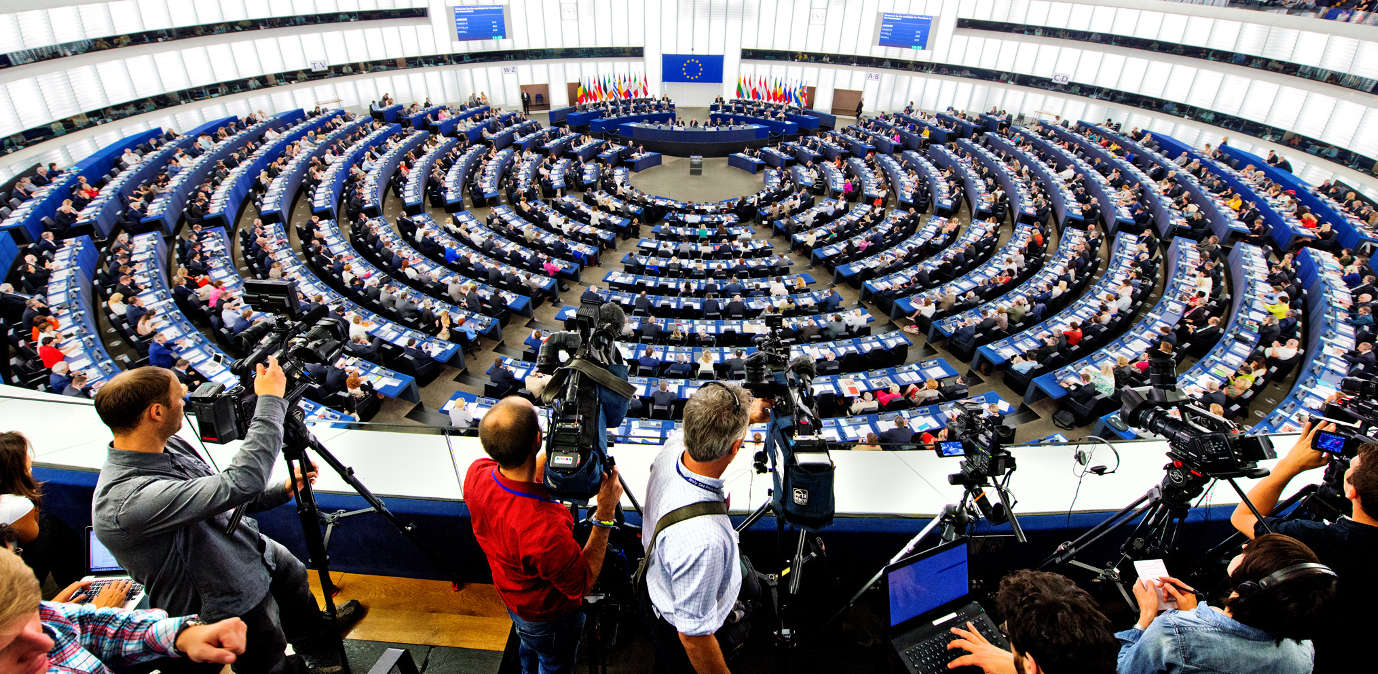

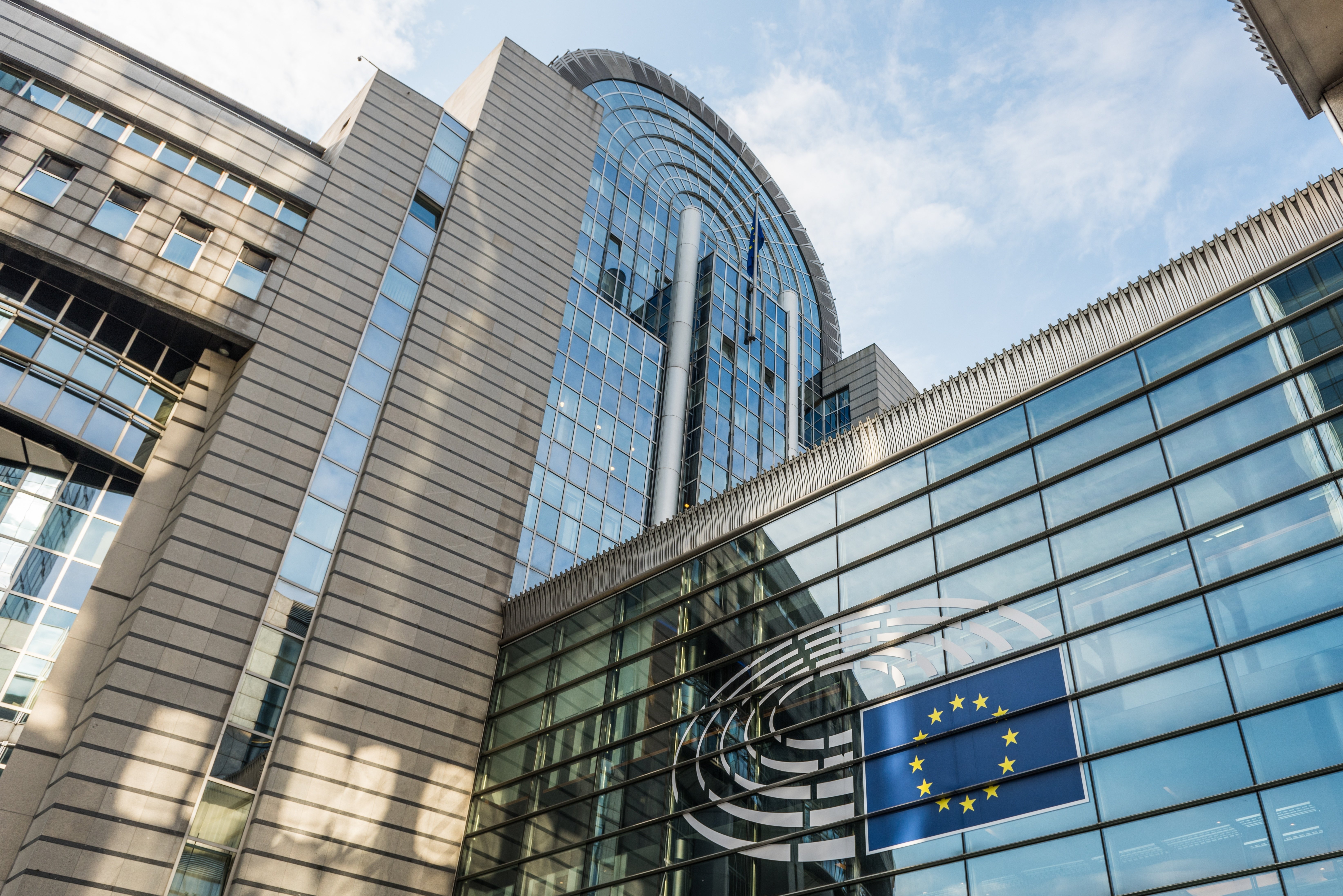
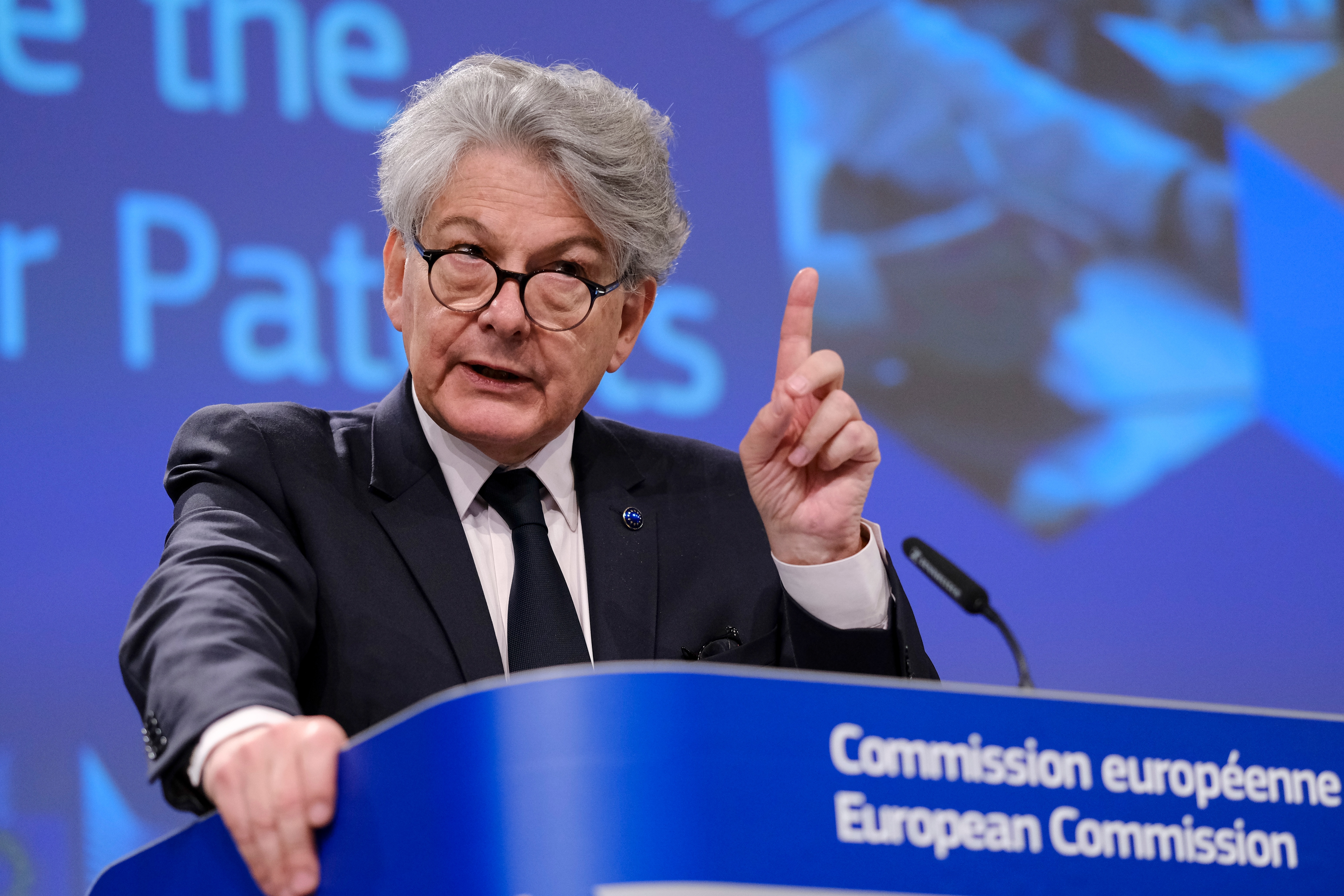
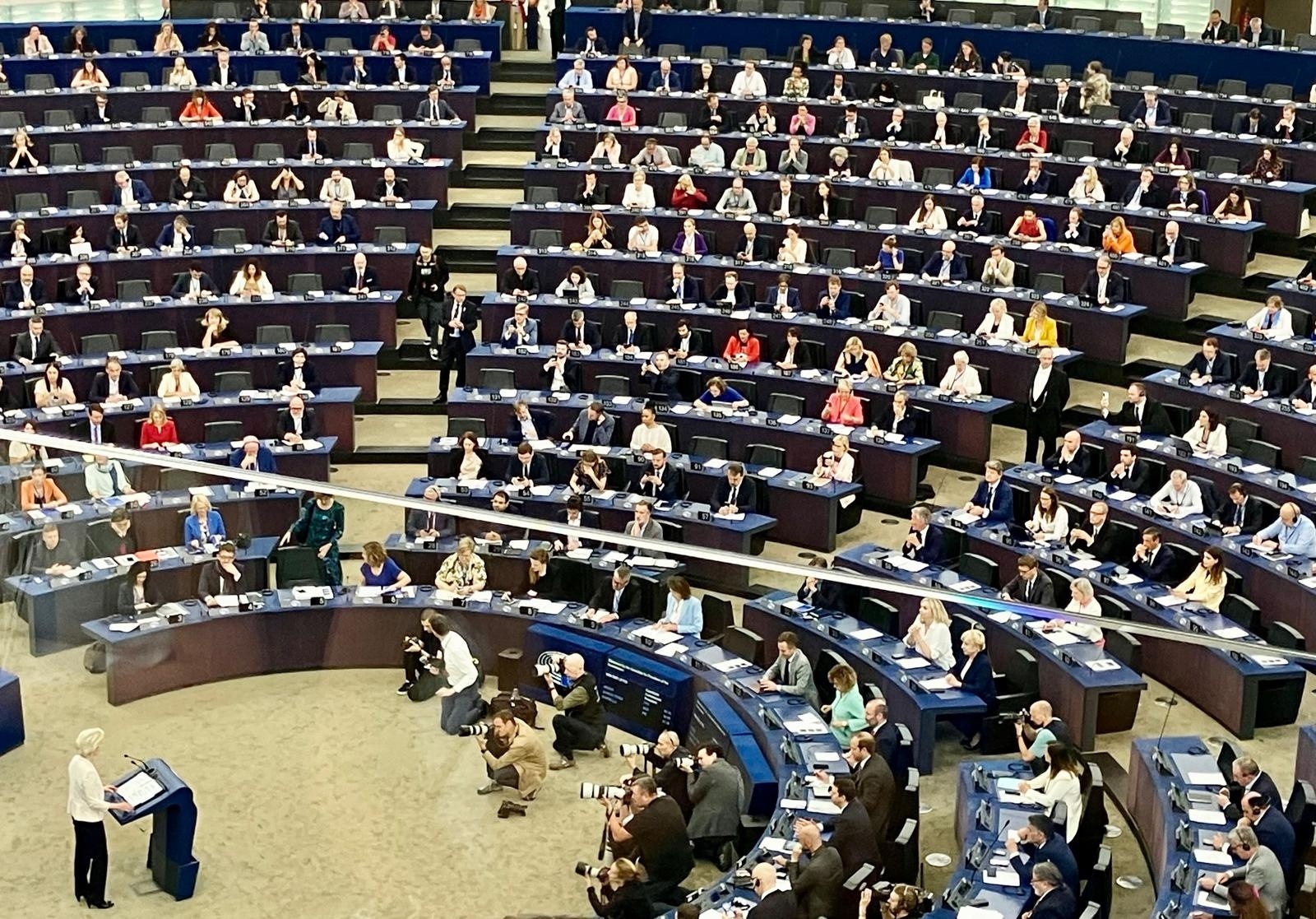
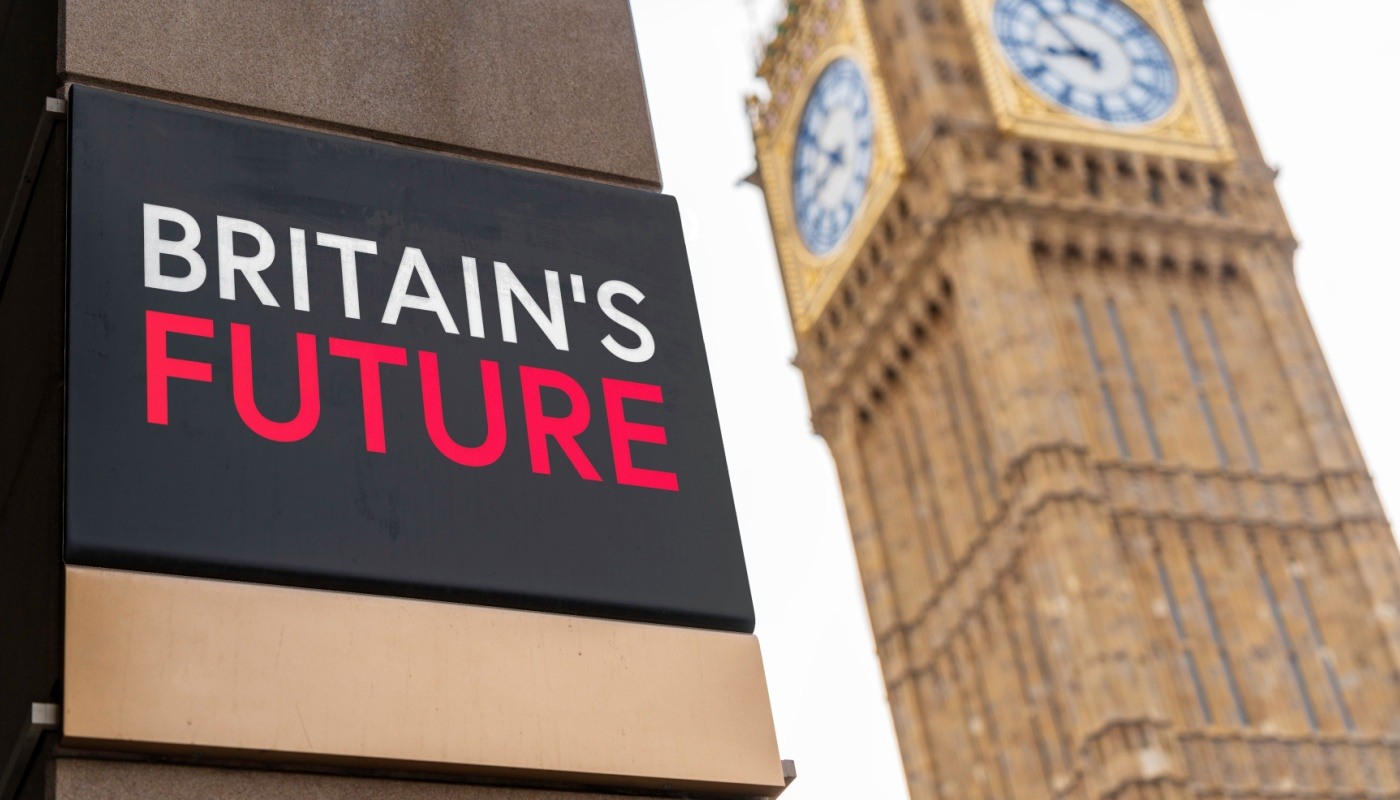
Comments